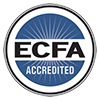Prayer meeting in Pyongyang in 1908.
Nowadays, the history of Christianity in North Korea is often perceived as one of persecution. This is especially so given the current regime under the Kim Dynasty considers “all religions [a] social evil” and persecutes Christians more severely than any other religious believers as they are regarded as “agents of Western imperialism.” North Koreans accused of practicing Christianity are detained incommunicado in political prison camps called “kwanliso,” where detainees are imprisoned indefinitely, and forced to endure inhumane treatment including torture, starvation, rape, and forced abortions. North Korean authorities also detain three generations of the accused’s family to further deter ideology it deems unacceptable.
It is therefore puzzling to imagine that only a century ago and before Korea was divided into two, Pyongyang was considered “the Jerusalem of the East,” a model of success for missions and the center of a growing Christianity in Korea.
CHRISTIAN SCHOOLS IN PYONGYANG
Pyongyang was the site of a number of Christian schools, including Pyongyang Theological Seminary (also known as the Pyongyang Theological Academy), the first graduate institution that trained pastors in Korea and became the centre of Korean Christianity in the early 20th century. The seminary was founded in 1901 by Samuel Austin Moffett, a Presbyterian missionary, who was motivated to establish the seminary in Pyongyang after the city had been badly damaged in the First Sino-Japanese War. Moffett headed the school as president until 1918 and served as a faculty member until 1935. By 1905, there were over 40 students engaged in a five-year curriculum, which included three months of classroom instruction and nine months of practical ministry engagement in local churches.
The Pyongyang-based seminary was temporarily closed under pressure during the Japanese occupation of Korea in 1938. Japan instituted a mandatory Shinto shrine-worship order, which precipitated a crisis for Christianity in Korea that resulted in the closing of hundreds of mission schools and the withdrawal from the country of many foreign representatives of Christian organizations. Nonetheless, the seminary marks significant importance in the history of Korean Christianity as numerous Presbyterian and reformed seminaries in South Korea see themselves as its heirs.
REBIRTH AND REVIVAL OF CHRISTIANITY
North Korea is also the location of the Great Pyongyang Revival of 1907, which was a Protestant revival that occurred in and around the city of Pyongyang. After the first Western missionaries arrived in Korea in 1885, the church community grew rapidly and reached over 200,000 followers by 1910. Interestingly, most of these believers were from what is now a part of North Korea. The Pyongyang Revival began at Jangdaehyeon Church, when hundreds of men and women gathered to attend the annual Bible conference for revival and repentance under the leadership of the church pastor, Kil Sun-ju, who incidentally was one of the first graduates of the Pyongyang Theological Seminary. The revival’s aim was to redirect its followers to focus on spiritual matters in the midst of political and national crisis in Korea.
Presbyterian missionary, William Blair, also preached to thousands of Korean men during the national repentance movement to encourage them to turn away from their traditional hatred of the Japanese, with whom Korea had a long history of conflict. One missionary described the meeting as “the sound of many praying at once…a vast harmony of sound and spirit…[where God] came to us in Pyongyang that night with the sound of weeping. As the prayer continued, a spirit of heaviness and sorrow for sin came down upon the audience…Man after man would rise, confess his sins, break down and weep, and then throw himself to the floor and beat the floor with his fists in perfect agony of conviction…we would all weep, we could not help it. And so the meeting went on until two o’clock a.m., with confession and weeping and praying.”
Stay tuned for the final part of our series, “Once Upon A Time, North Korea was the Christian Hub of the East.”


